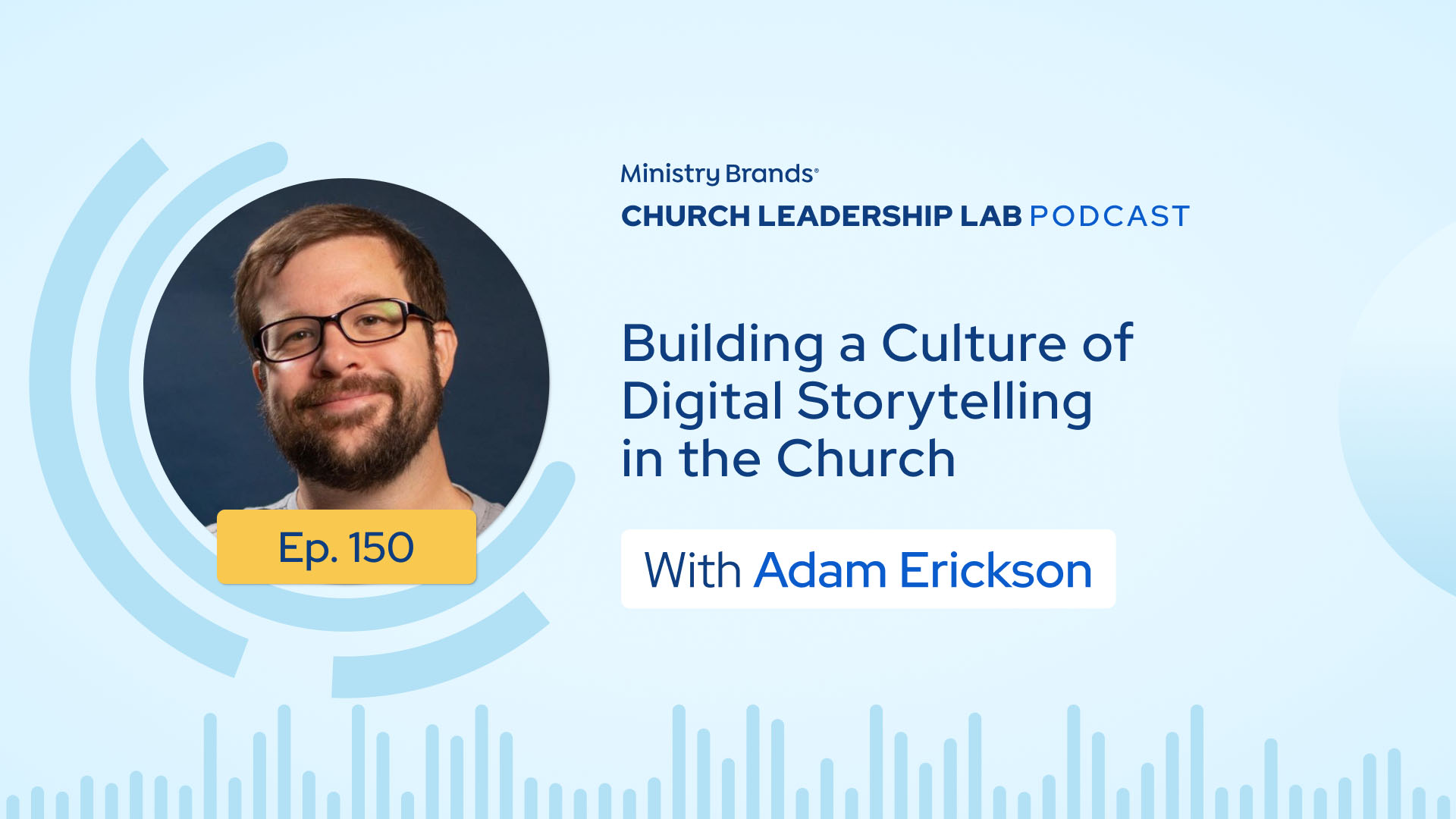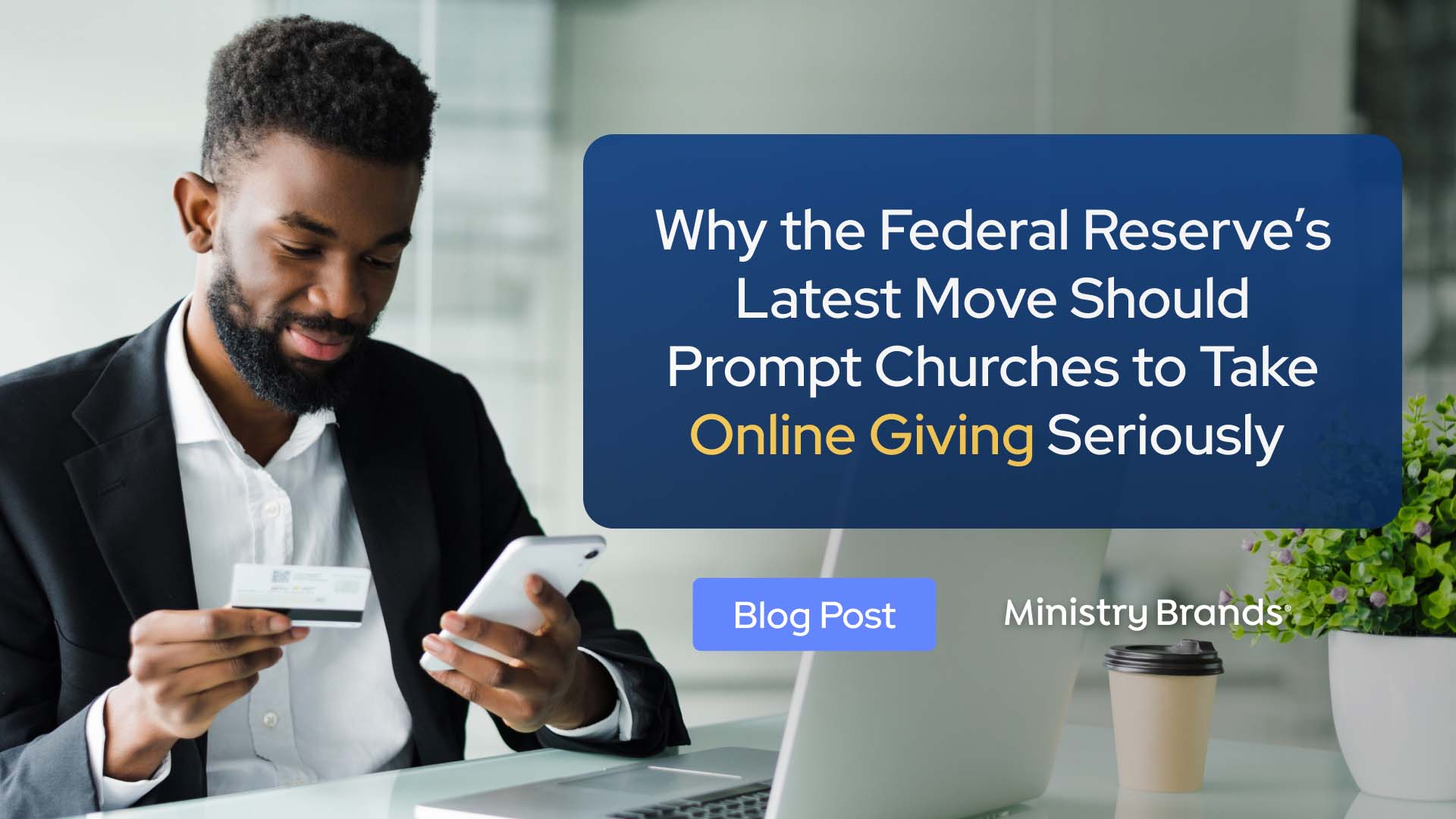How to Increase Recurring Giving: 6 Proven Strategies
Increasing recurring giving is essential for nonprofits seeking long-term financial stability, and implementing targeted strategies significantly boost donor retention and consistent support. The guide on How to Increase Recurring Giving: 6 Proven Strategies outlines actionable steps that help organizations nurture relationships, demonstrate impact, and simplify the giving experience. Nonprofits are able to build a reliable stream of monthly contributions that sustain their mission over time by focusing on donor motivation, communication, and technological tools.
The 6 proven strategies to increase recurring giving are listed below.
- Simplify the Giving Process: Make it easy for donors to set up recurring gifts with clear steps and user-friendly platforms.
- Highlight the Benefits of Recurring Donations: Explain how steady support helps the organization plan and sustain programs long-term.
- Encourage People to Begin Giving: Use invitations, calls to action, and reminders to motivate first-time and current donors to start recurring gifts.
- Emphasize the Value of Consistency: Show how regular donations create lasting impact and help meet ongoing needs efficiently.
- Share Real-Life Giving Stories: Use testimonials and examples to inspire and connect donors emotionally to the cause.
- Provide Biblical Teaching on Generosity: Incorporate scripture and faith-based messages that encourage faithful, ongoing giving.
1. Simplify the Giving Process
Simplify the giving process by making it easy and straightforward for donors to set up and manage their recurring donations. The purpose is to remove barriers that discourages people from committing to regular giving, such as complicated forms or unclear instructions. Its importance lies in increasing donor participation and retention by creating a hassle-free experience. It works by using intuitive online platforms, clear calls to action, and multiple payment options, allowing donors to give quickly and confidently without frustration.
2. Highlight the Benefits of Recurring Donations
Highlight the benefits of recurring donations by clearly communicating the advantages donors gain by giving regularly, such as convenience, greater impact over time, and helping the organization plan better. The purpose is to motivate donors to choose recurring gifts instead of one-time donations. Its importance lies in increasing donor loyalty and predictable funding for the nonprofit. It works by sharing messages through newsletters, websites, and campaigns that explain how small, consistent contributions add up to significant support for the cause.
3. Encourage People to Begin Giving
Encourage people to begin giving by actively motivating individuals who haven't donated before to start contributing to the cause. The purpose is to expand the donor base and create new supporters who are able to grow into long-term contributors. It is important because acquiring new donors sustains and grows the nonprofit's impact over time. It works by using outreach strategies such as personalized invitations, clear calls to action, engaging storytelling, and demonstrating the tangible difference their gift is able to make, making the act of giving accessible and appealing.
4. Emphasize the Value of Consistency
Emphasize the value of consistency by highlighting the importance of regular, ongoing donations rather than one-time gifts. The purpose is to encourage donors to commit to sustained support, which helps nonprofits plan and budget more effectively. It is important because consistent giving provides a reliable funding stream, enabling long-term projects and stability. It works by communicating the impact of steady contributions, offering easy options for recurring donations, and reinforcing how small, regular gifts collectively create meaningful change over time.
5. Share Real-Life Giving Stories
Share real-life giving stories by presenting authentic testimonials and examples from donors or beneficiaries that illustrate the impact of donations. The purpose is to inspire and motivate potential donors by showing tangible outcomes and emotional connections. It is important because storytelling creates trust, builds empathy, and makes giving more relatable and compelling. It works by collecting and sharing heartfelt stories through various channels like newsletters, social media, videos, and events, helping donors see the real difference their recurring gifts make.
6. Provide Biblical Teaching on Generosity
Provide biblical teaching on generosity by educating church members about the spiritual foundations of giving through Scripture. The purpose is to foster a heart of cheerful, faithful giving by connecting modern stewardship to biblical principles. The importance lies in helping believers see generosity not merely as a financial act, but as a form of worship and obedience that reflects God's nature, highlighting the types of giving in the bible such as tithes, offerings, almsgiving, and sacrificial gifts. It works by incorporating relevant scriptures into sermons, small group discussions, or giving campaigns, allowing congregants to understand both the reasons behind giving and its eternal significance.
What is Recurring Giving?
Recurring giving is a structured donation method where supporters authorize automatic, scheduled contributions to a nonprofit or church. The purpose of recurring giving is to provide organizations with a predictable and stable source of income, enabling long-term planning and sustained mission impact. The model benefits both donors, who find it convenient and consistent, and nonprofits, which reduces fundraising costs and builds stronger relationships through regular engagement.
How important Recurring Giving in Churches?
Recurring giving is important in churches because it creates consistent financial support that helps sustain ministries, outreach programs, and daily operations regardless of seasonal fluctuations in attendance or giving. It allows churches to plan budgets more accurately, support long-term initiatives, and reduce reliance on one-time gifts. Churches foster a culture of stewardship and deepen congregational engagement by encouraging members to commit to regular giving.
How does Recurring Donations help sustain Church Ministries?
Recurring donations does help sustain church ministries by providing a reliable and predictable stream of income that enables consistent funding for worship services, community outreach, missionary work, youth programs, and facility maintenance. The financial stability allows church leaders to plan ahead, allocate resources efficiently, and focus on spiritual and community development without the uncertainty of irregular giving. Recurring gifts reduce administrative burdens by automating the donation process, allowing more time and energy to be spent on ministry impact rather than fundraising efforts.
Is Recurring Giving the same as Monthly Giving?
Yes. Recurring giving is the same as monthly giving, as both involve donors committing to regular contributions over time, but monthly giving is a specific form of recurring giving set to occur every month. A Monthly giving program is the most common type of recurring giving initiative, where donors schedule fixed donations each month to provide predictable and sustained support to a nonprofit. Recurring giving is able to be set to weekly, quarterly, or annual intervals while monthly giving remains the most widely used and promoted structure due to its balance of donor affordability and organizational stability.
How can Ministry Brands help boost Recurring Giving in Churches?
Ministry Brands can help boost recurring giving in churches by offering integrated digital tools that simplify the giving process, automate donations, and enhance donor engagement. Their church management software includes features like customizable giving forms, mobile and online giving platforms, and automated reminders, all designed to make recurring donations convenient and consistent for congregants. Ministry brands empowers churches to focus on building stronger relationships and sustaining their ministry work through predictable, ongoing contributions by streamlining the donor experience and reducing administrative tasks.




